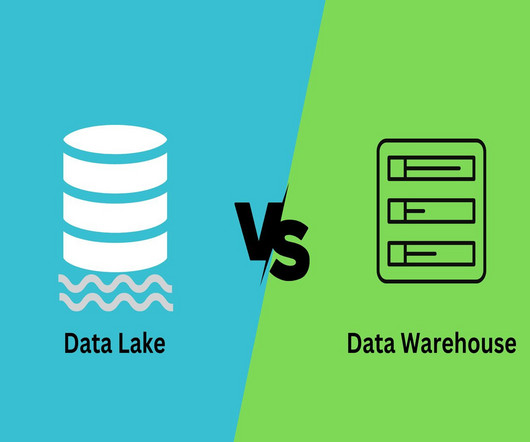Data architecture strategy for data quality
IBM Journey to AI blog
JANUARY 5, 2023
Poor data quality is one of the top barriers faced by organizations aspiring to be more data-driven. Ill-timed business decisions and misinformed business processes, missed revenue opportunities, failed business initiatives and complex data systems can all stem from data quality issues.












Let's personalize your content